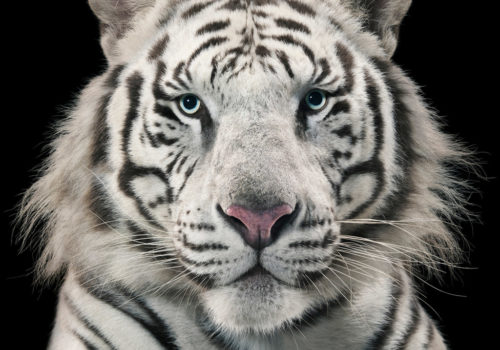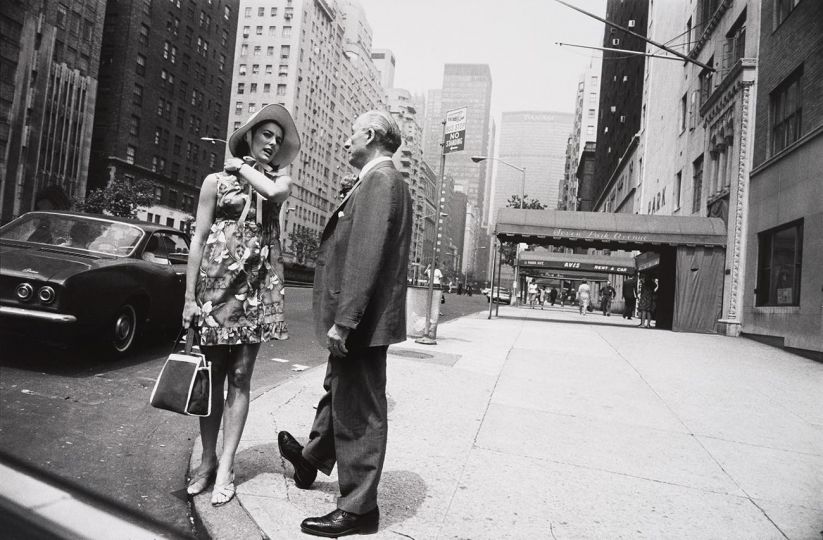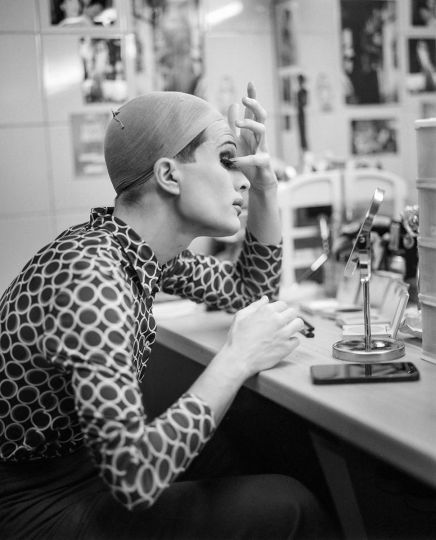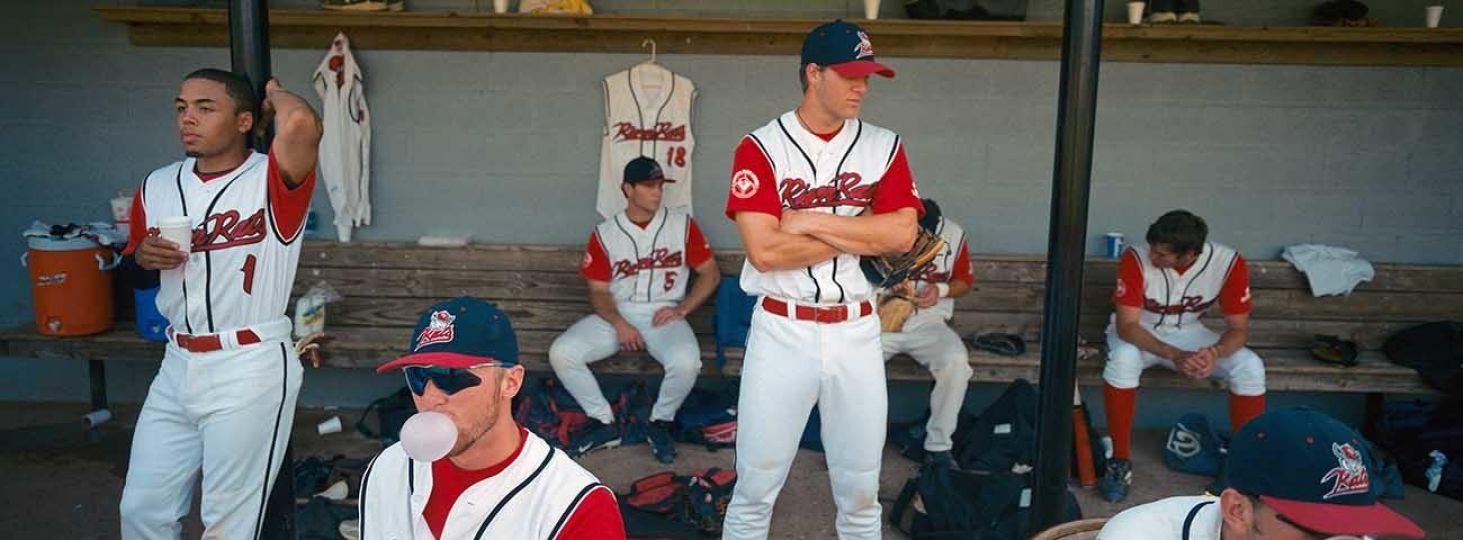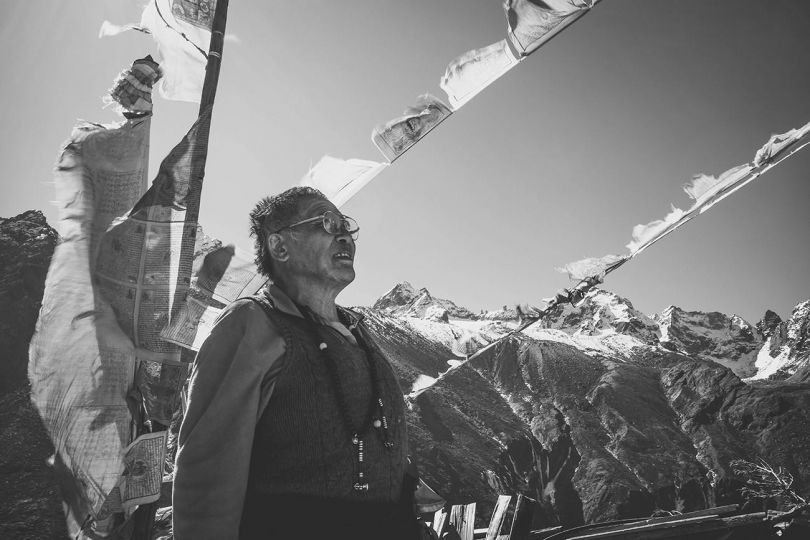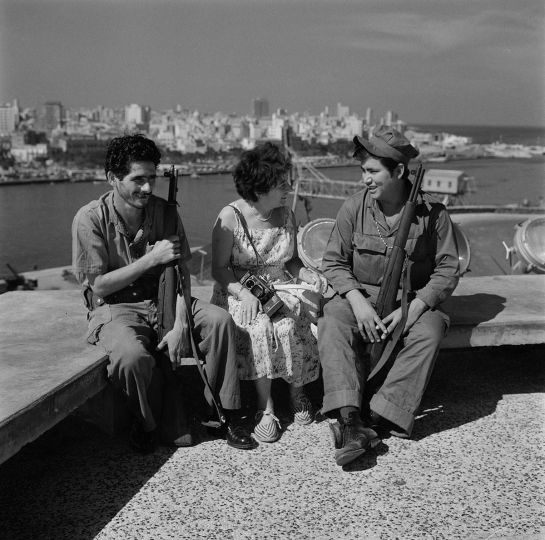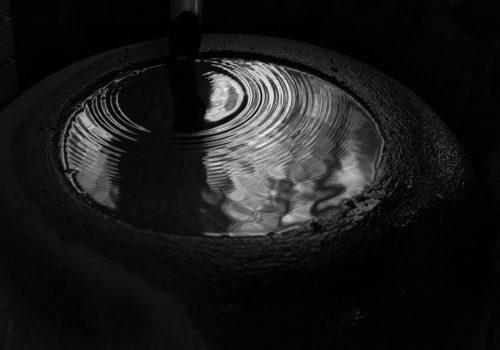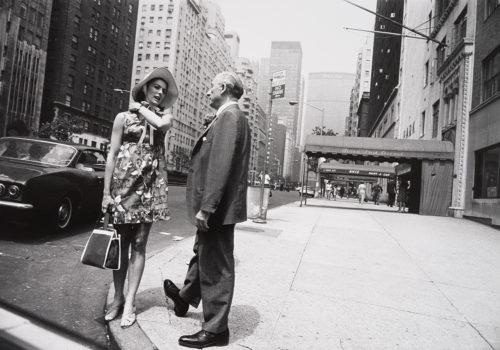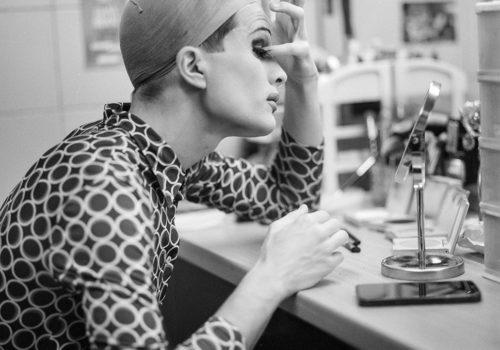Kyotographie was founded by Lucille Reyboz, a French photographer who grew up in Africa and who discovered the same cosmogony in Japan, which inspired this festival housed in the traditional wooden temples and homes of the former Japanese imperial capital.
The exhibitions pay tribute to the beautiful setting. Unlike the hero of Yukio Mishima, in whom beauty inspired a destructive impulse, here beauty only inspires a desire to preserve and admire. This year’s theme is “Our Environments,” which the organizers describe as an, “ exploration of our planet, our relationships to each other and nature, our impacts and influence and the world we seek to understand. These exhibitions and the related programs offer us an opportunity to reconsider the current state of our environment.” Nature plays an important role, but not the only one.
Sohei Nishino has created a gigantic map of Kyoto made from thousands of images, which is on display at Kyoto train station alongside an aerial view of the city. 2D and 3D echo each other, making the viewer lose all sense of scale and perspective. A similar feeling is created by the images taken by the HiRISE probe on board the Mars Reconnaissance Orbiter. Each photograph is reproduced to cover an area 6km long. Placed end to end, the HiRISE photographs would cover 168,000 kilometers. These photographs, which only a robot could take, invite the viewer on a journey through Time and Space.
The festival also invites the viewer to see reality from closer up to grasp its poetry, as in Japanese philosophy. This is the case with work of local photographers like Akiko Takizawa. There’s even poetry in the title of the mini-retrospective of Stanley Greene, the photojournalist and founder of Noor known for his violent photographs of disasters across the world: The Thin Line Between the Eye and the Heart.
FESTIVAL
Kyotographie
Du 19 avril au 11 mai 2014
Lieux :
1. The Museum of Kyoto Annex
2. Kyoto Station Building 7F East Square
3. Ryukoku University Omiya Campus Main Hall
4. Asphodel
5. Kondaya Genbei Kurogura
6. Toraya Kyoto Gallery
7. Mumeisha
8. Shimogamo Shrine, Hosodono
9. Shimadai Gallery Kyoto
10. Yuhisai Kodo-kan
11. Institut français du Japon – Kansai and Kyoto Art Center
12. Murin-an

